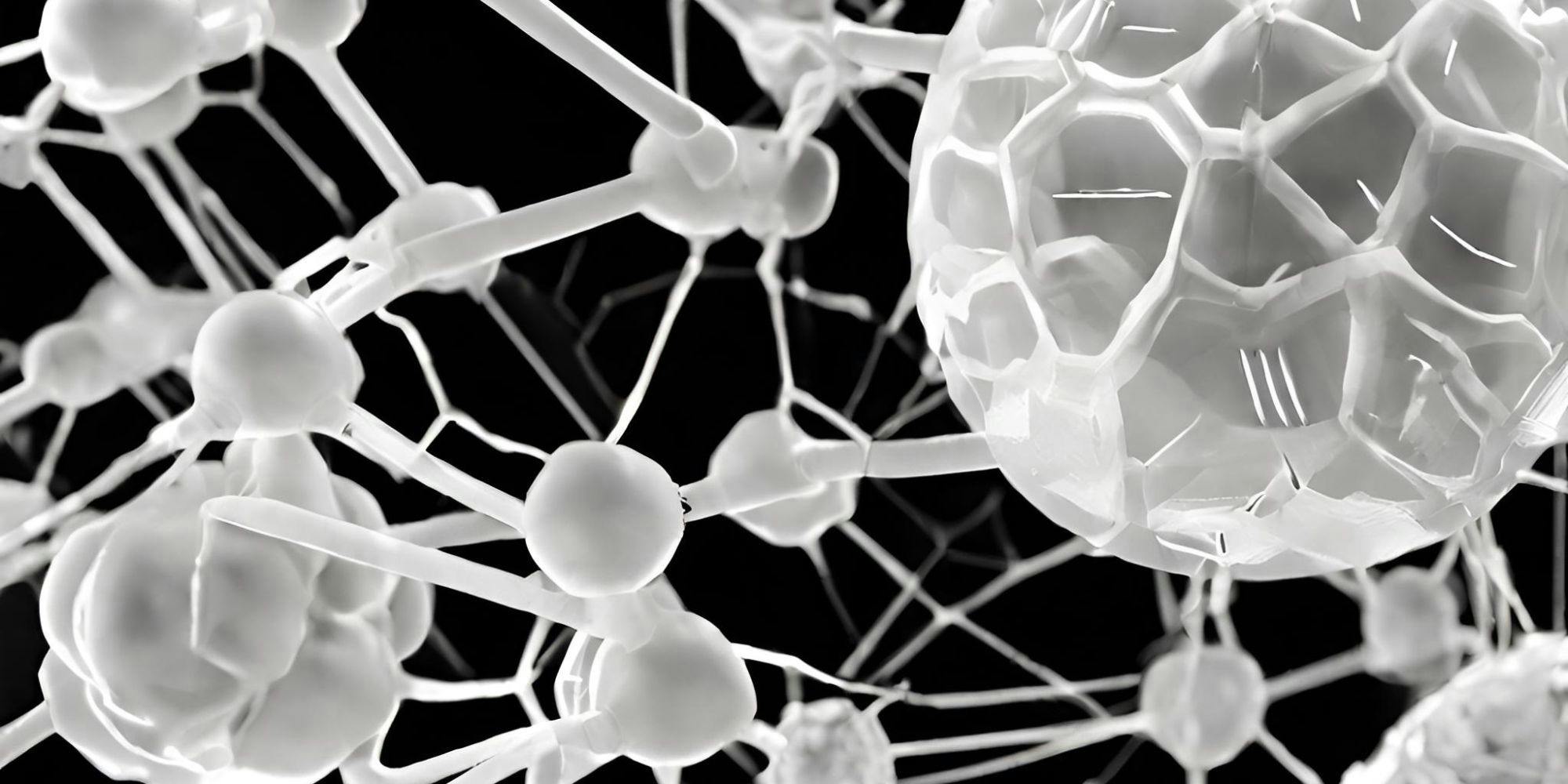Decoding Life - The Intersection of Biology and Informatics in Bioinformatics



Decoding Life: The Intersection of Biology and Informatics in Bioinformatics
In the confluence of biology and informatics emerges the captivating field of bioinformatics. This interdisciplinary science harnesses the power of computational techniques to analyze and interpret biological data, unraveling the complexities of life itself. Join us on a journey into the world of bioinformatics, where data meets algorithms to unlock the secrets encoded in the language of genes.
What is Bioinformatics?
Bioinformatics is the marriage of biology and informatics, employing computational methods to gather, analyze, and interpret biological information. At its core, it transforms vast amounts of biological data, from DNA sequences to protein structures, into meaningful insights that drive scientific discovery and innovation.
Key Components of Bioinformatics
1. Genomic Sequencing and Assembly
Genomic sequencing is the cornerstone of bioinformatics. It involves determining the order of nucleotides in DNA, providing a blueprint of an organism's genetic code. Assembling these sequences into complete genomes allows researchers to understand the genetic makeup of organisms.
2. Structural Bioinformatics
This branch focuses on the three-dimensional structures of biological macromolecules, such as proteins and nucleic acids. By predicting and analyzing these structures, researchers gain insights into their functions and interactions, paving the way for drug discovery and understanding disease mechanisms.
3. Comparative Genomics
Comparative genomics involves comparing the genetic content of different species to identify similarities and differences. This approach aids in understanding evolutionary relationships, identifying conserved genes, and deciphering the genetic basis of traits.
4. Functional Genomics
Functional genomics explores the functions of genes and their interactions within biological systems. Techniques like gene expression analysis and RNA sequencing provide valuable information about how genes are activated or repressed in specific conditions.
Applications of Bioinformatics
Bioinformatics plays a pivotal role in various scientific and medical endeavors:
- Drug Discovery: Identifying potential drug targets and predicting drug interactions.
- Precision Medicine: Tailoring medical treatments based on an individual's genetic makeup.
- Biological Research: Advancing our understanding of genomics, proteomics, and systems biology.
- Disease Diagnosis: Identifying genetic markers for diseases and understanding their underlying mechanisms.
Challenges and Future Prospects
While bioinformatics has revolutionized biology, challenges such as managing and analyzing vast datasets, ensuring data accuracy, and addressing ethical concerns persist. As technology advances, the future of bioinformatics holds promise with potential breakthroughs in personalized medicine, synthetic biology, and more.
Conclusion
Bioinformatics stands as a testament to the incredible synergy between biology and informatics. By decoding the intricate language of life, this field has opened new frontiers in scientific exploration and healthcare. As we continue to push the boundaries of our understanding, bioinformatics remains a beacon of innovation, guiding us toward a deeper comprehension of the biological world.